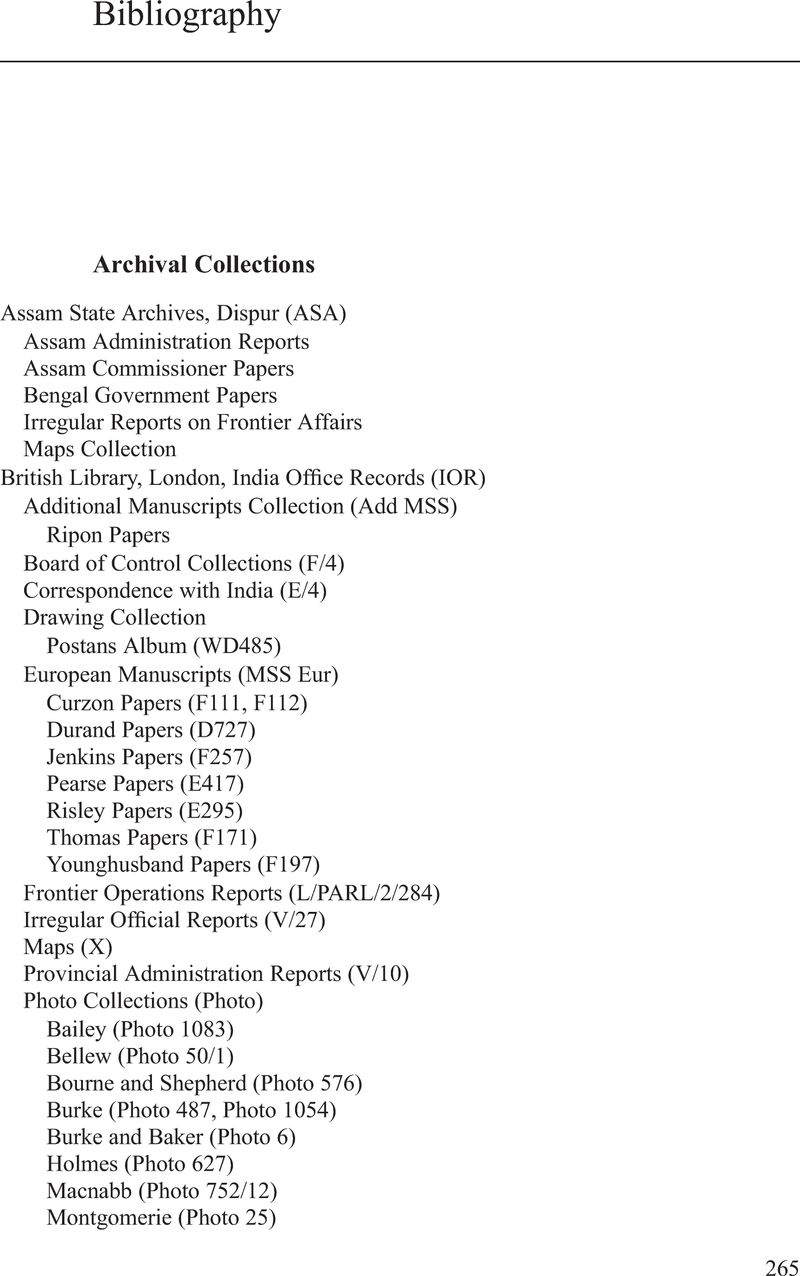Bibliography
Published online by Cambridge University Press: 07 January 2021
Summary

- Type
- Chapter
- Information
- The Frontier in British IndiaSpace, Science, and Power in the Nineteenth Century, pp. 265 - 286Publisher: Cambridge University PressPrint publication year: 2021



